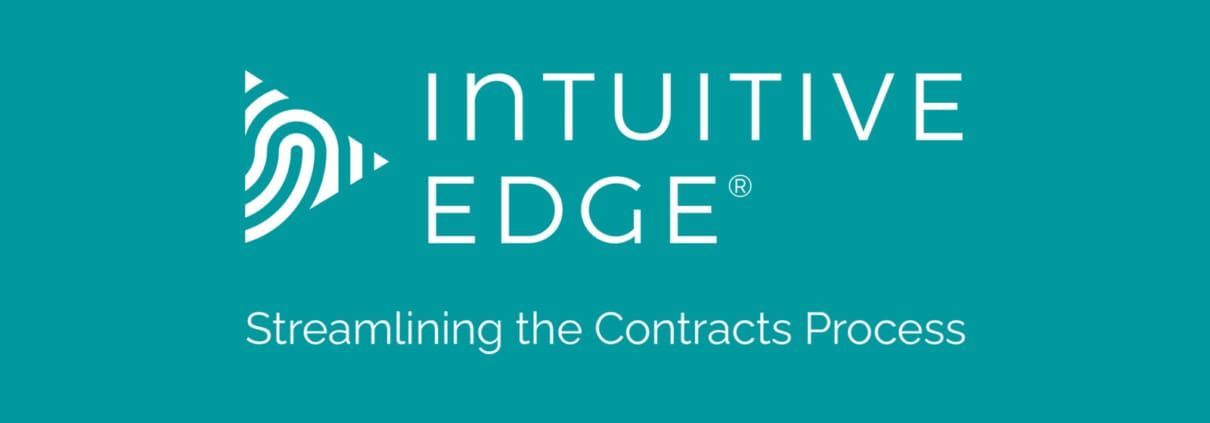Transforming Contractual Insights into Competitive Advantages During Procurement Transition
In the dynamic arena of procurement transition, especially during M&A activities, the stakes are high, and the margins for error are slim. While there are multiple dimensions to this process, a crucial, often overlooked aspect is the power of contractual insights. When harnessed effectively, these insights can transform into tangible competitive advantages, paving the way for smoother transitions and better outcomes. Here’s how this transformation unfolds.
1. The Bedrock of Contractual Insights
Every contract, old or new, speaks volumes. It reflects the historical relationship with a supplier, the past negotiations, the pricing trends, and the evolution of terms and conditions over time. Delving deep into these contracts uncovers patterns and information critical to the future of business engagements.
2. Gleaning Learnings from Past Engagements
Analyzing past contracts can help in:
- Spotting Anomalies: Did certain clauses repeatedly cause disputes or confusions in previous deals?
- Understanding Supplier Behavior: Have suppliers been consistent in their delivery, pricing, and adherence to terms?
3. Leveraging ALSPs for Deep Contractual Analysis
Alternative Legal Service Providers (ALSPs) come equipped with both the expertise and the technological tools to dissect contracts and extract actionable insights. With their cross-client experiences, they can:
- Offer Comparative Analysis: How do your contracts compare with industry norms or those of similar businesses?
- Predict Potential Hurdles: Using data analytics, ALSPs can predict potential roadblocks in contract negotiations based on historical trends.
4. Turning Insights into Negotiation Power
With a thorough understanding of past contractual engagements, businesses can:
- Set Clear Benchmarks: Knowing the best and worst terms accepted in the past provides a clear boundary for negotiations.
- Empower Negotiators: With historical data at their fingertips, negotiators can have fact-based discussions, making their arguments more compelling.
5. Streamlining Supplier Relationships
Contractual insights provide clarity on which suppliers have been consistently reliable and which haven’t. This knowledge can help in:
- Prioritizing Suppliers: Focus energy and resources on suppliers with a proven track record.
- Building Stronger Relationships: With a deep understanding of past interactions, businesses can tailor their approach to foster stronger, more fruitful supplier relationships.
6. Informing Strategic Procurement Decisions
Contractual data isn’t just about looking backward; it’s also about shaping the future. Insights from past contracts can:
- Guide Future Engagements: By understanding what worked and what didn’t, businesses can make informed decisions in future procurements.
- Aid in Risk Management: Historical data allows businesses to foresee and mitigate potential risks in new engagements.
Conclusion
In the whirlwind of procurement transition, it’s easy to see contracts as mere formalities or necessary evils. However, with the right perspective and expertise, they can be goldmines of insights, directly translating to competitive advantages. By marrying the analytical power of ALSPs with a proactive, insight-driven approach, businesses can truly transform contractual engagements into strategic assets during procurement transitions.






Leave a Reply
Want to join the discussion?Feel free to contribute!